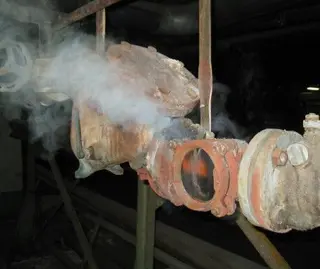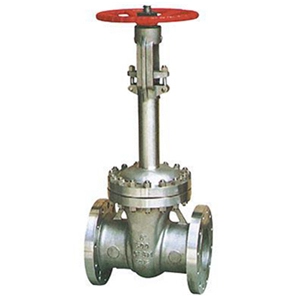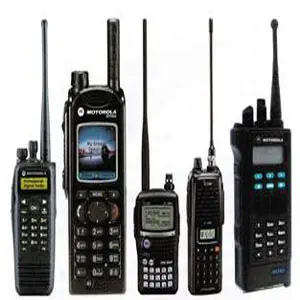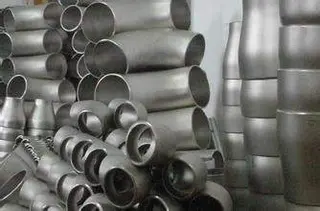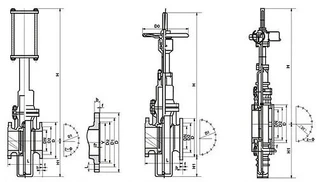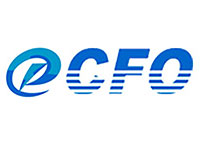Maintenance Work for Fiber Optic Cable Lines
Due to different constructing and laying patterns, the specific maintenance work of fiber optic cable lines may be a little different. However, generally it can be divided into two ways: routine maintenance and technical maintenance.
1.Routine Maintenance
Routine maintenance work is based on the technical information, including cable route, connector locations, attenuation of each channel and the attenuation of total cables. Preserved and master these information carefully, the maintenance work can be organized purposefully and carrying maintenance effectively.
(1) Regular inspections. Inspect the cable lines regularly and clear out inflammable and corrosive materials or substances timely. Put up signs and billboards to notice people be careful about the lines, and stop the activities which may hinder the lines construction, such as planting trees and repairing roads. Reinforce the roads that paved cable lines especially the areas where are vulnerable to erosion.
(2) Keep the cleanness of holes, basements and waterline rooms, check lines bracket, cables signs and earth lines at fixed time.
(3) Ensure cables are not being squeezed in holes and the bent should meet the standard. The connector box should be placed firmly and prevent corrosion, damage, deformation and so on.
(4) Reinforce the overhead cable lines regularly. Ensure the even space between cable lines and hooks. The radius of curvature can not be too small, the connector box should be fixed firmly and damage is not allowed.
2. Technical Maintenance
(1) Fiber attenuation
During the service life of fiber optic communication system, the fiber cables will have attenuation due to aging, changing temperature and other factors. But the number can not be exceeded 0.1dB/km. In the emergency repair, the connection loss of single-mode cable should less than 0.2dB, after the repair, the connection loss should no more than 0.1dB.
(2) Electrical properties of fiber optic cable
The metal cables contain cooper and the indicators of DC resistance and insulation resistance should keep the same as the communication cables based on regular standard. When the temperature is 20℃, the 1.2μm diameter copper wire’s DC loop resistance should lower than 31.9Ω/ km, at the 500V, the insulation resistance should no less than 5000MΩ / km.
In order to better maintenance work and guarantee the normal operation of cable systems, in addition to scheduled and unscheduled inspections, related administrators should record each maintenance so that next time the emergency can be settled in short time and back to the proper work quickly.
1.Routine Maintenance
Routine maintenance work is based on the technical information, including cable route, connector locations, attenuation of each channel and the attenuation of total cables. Preserved and master these information carefully, the maintenance work can be organized purposefully and carrying maintenance effectively.
(1) Regular inspections. Inspect the cable lines regularly and clear out inflammable and corrosive materials or substances timely. Put up signs and billboards to notice people be careful about the lines, and stop the activities which may hinder the lines construction, such as planting trees and repairing roads. Reinforce the roads that paved cable lines especially the areas where are vulnerable to erosion.
(2) Keep the cleanness of holes, basements and waterline rooms, check lines bracket, cables signs and earth lines at fixed time.
(3) Ensure cables are not being squeezed in holes and the bent should meet the standard. The connector box should be placed firmly and prevent corrosion, damage, deformation and so on.
(4) Reinforce the overhead cable lines regularly. Ensure the even space between cable lines and hooks. The radius of curvature can not be too small, the connector box should be fixed firmly and damage is not allowed.
2. Technical Maintenance
(1) Fiber attenuation
During the service life of fiber optic communication system, the fiber cables will have attenuation due to aging, changing temperature and other factors. But the number can not be exceeded 0.1dB/km. In the emergency repair, the connection loss of single-mode cable should less than 0.2dB, after the repair, the connection loss should no more than 0.1dB.
(2) Electrical properties of fiber optic cable
The metal cables contain cooper and the indicators of DC resistance and insulation resistance should keep the same as the communication cables based on regular standard. When the temperature is 20℃, the 1.2μm diameter copper wire’s DC loop resistance should lower than 31.9Ω/ km, at the 500V, the insulation resistance should no less than 5000MΩ / km.
In order to better maintenance work and guarantee the normal operation of cable systems, in addition to scheduled and unscheduled inspections, related administrators should record each maintenance so that next time the emergency can be settled in short time and back to the proper work quickly.

Send your message to this supplier
Related Articles from the Supplier
Maintenance Work for Fiber Optic Cable Lines
- Feb 29, 2016
Key Points for Transforming of Fiber Optic Industry
- Dec 17, 2015
Fiber Optic Cables: Still Have Much Room for Growth
- Feb 26, 2016
Factors for Connection Errors of Fiber Connectors
- Mar 21, 2016
How to Choose Qualified Fiber Optic Cable Products
- Aug 27, 2015
Related Articles from China Manufacturers
Maintenance Instruction for Y-strainers
- Jun 16, 2015
Maintenance Guide for Steam Trap Failures
- Oct 24, 2025
Maintenance Work for Plastic File Locker
- Aug 05, 2015
The Maintenance Methods for Gate Valves
- May 09, 2019
Maintenance Work for Shot Blasting Machines
- Mar 11, 2016
Maintenance Work for Portable Two Way Radio
- Mar 16, 2016
Maintenance Guide for Flat Gate Valves
- Feb 03, 2024
Related Products Mentioned in the Article
Nokoxin Technology Co., Ltd.
- Address: 3F, Building No.2, Jiayiyuan Technical Park, Huaning Road, Dalang, Longhua District, Shenzhen, China.
- Phone: +86 0755-61562392
- Business Type: Manufacturer, Trading,
Supplier Website
Source: http://www.carefiber.com/maintenance-work-for-fiber-optic-cable-lines.html









